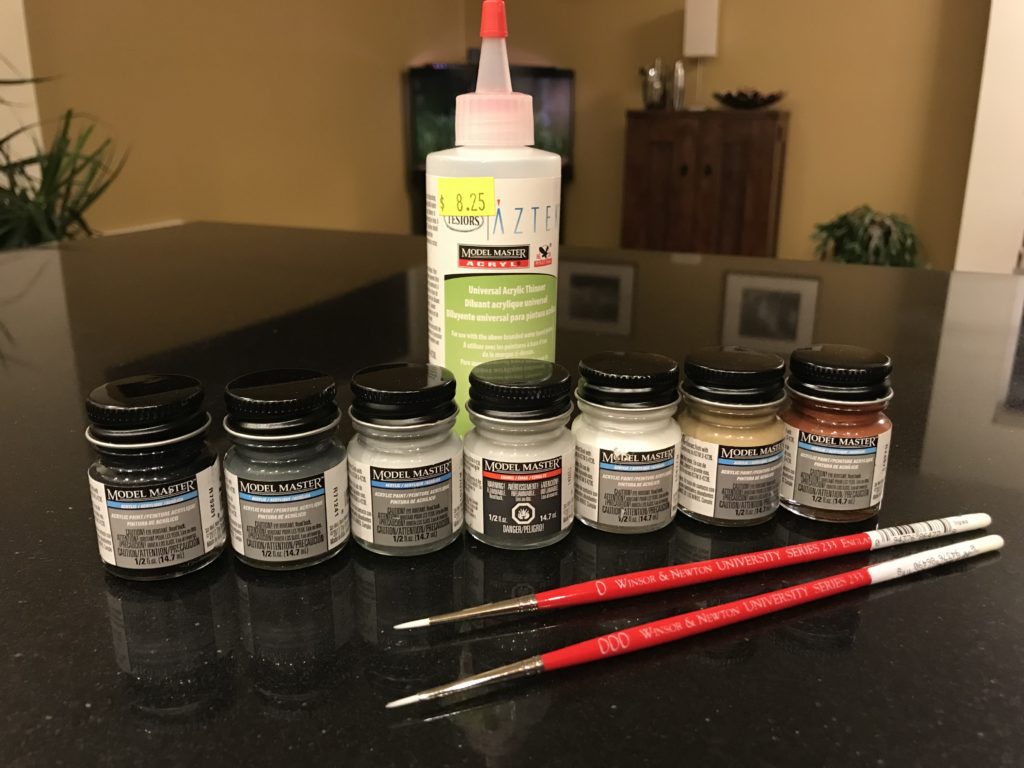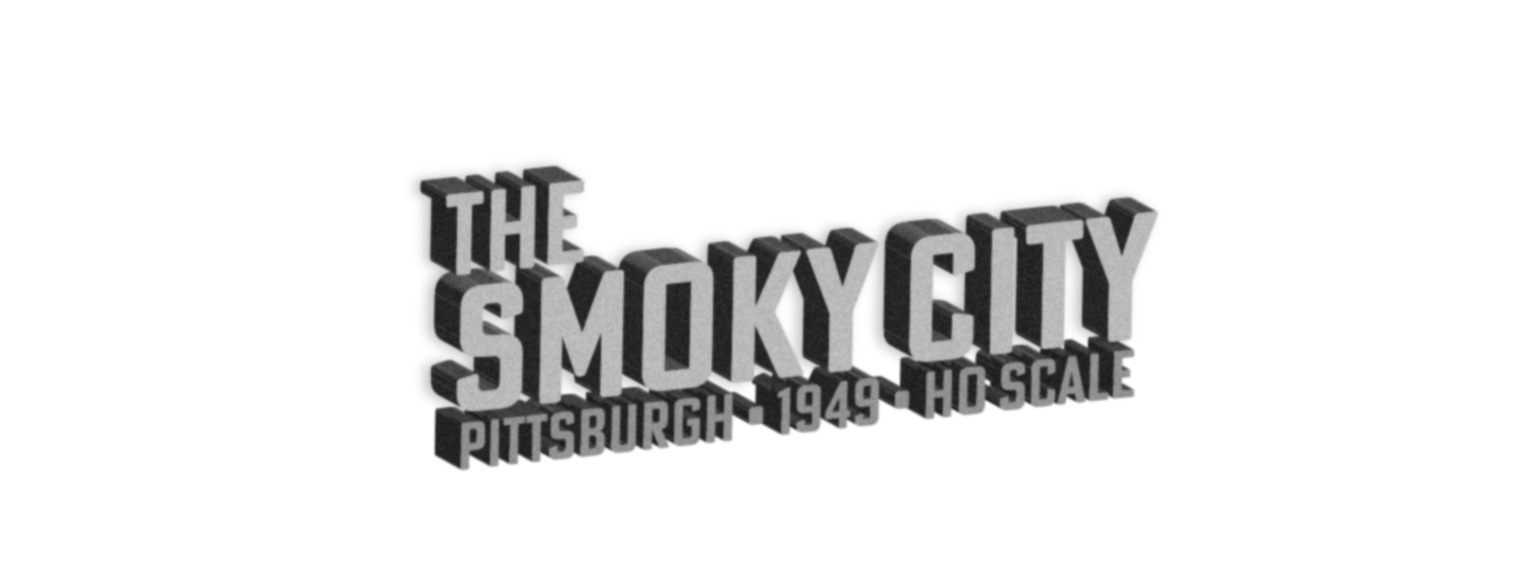Lots of information about building traction lines: http://www.trolleyville.com/school.shtml…
These historic photos of Pittsburgh may be useful in planning!
Working from a copy of the Pittsburgh commuter routes map prepared by another Google Maps user, I’ve added a couple of the potential streetcar routes to see how I can combine routes on a future layout:
https://drive.google.com/open?id=1LWkqzK7xX-t-N-FdqOk0k-oMVS5nXkEA&usp=sharing…
For the past couple of years, I’ve had it in my mind that I’d eventually choose a location, time period and prototype railroads to model after doing more research. About a year ago, I narrowed down my options to the Northeastern US or Pacific Northwest, during the steam or transition eras. I thought I’d take longer to decide, but when I look back at my intermittent research over the past two years, I realize I’ve only really been interested in the railroads of southwestern Pennsylvania in the 1930s through the 1950s, particularly the Baltimore and Ohio Railroad and the Pennsylvania Railroad, so I think I’m going to consider it a settled matter now. Those roads have always been favorites of mine, and I grew up in that region, decades later.
The location will certainly be southwestern Pennsylvania, likely including Pittsburgh, and the main railroad modeled will be the B&O. If possible, I’d also like to incorporate a PRR line, and certainly the Pittsburgh & Lake Erie Railroad’s line through Pittsburgh, since the B&O’s named trains used the P&LE’s station in Pittsburgh.
Some existing models I’d like to use have narrowed down the previously-mentioned 30 year span to just ten. …
“In Color” series by Sun Books.
Sanborn Maps in Library of Congress
Since getting back into modeling a few years ago, I’ve done most of my hands-on work from approximately December through April each year, when I have a lot of free time to myself, as my husband spends most of those weekends snowboarding, and takes multiple week-long, or long weekend snowboarding trips outside of the area. Just as snowboarding season comes to an end, other priorities begin to take up our time. Gardening, projects around the house, hosting an annual Pride party, smaller rooftop gatherings, croquet at the park, and all the other fun things we do in the summer have to be crammed into the three months of gorgeous weather we get in Seattle before the clouds and drizzle return in October. As it’s now the end of April, I thought I’d put an official end to the Winter 2018-2019 modeling season by reviewing the accomplishments and noting what’s up next, when the 19-20 season begins later this year.

The season officially began in late August when I began purchasing my first model paint in decades (via eBay). I slowly built up some basic supplies, including paint, brushes, pipettes, thinner and decal solutions. At this point I realized I’d need …
Found an interesting timeline of historic events at the B&O. Could come in handy if I end up using B&O on my layout.
Specifications for Cullen Hayes crossing signals, from Western Safety Products, Inc.: http://www.westernsafety.com/products/wch-railroadproducts/wchpg1.html
This could come in handy when building crossing signals from scratch.…
Saving this link here in case it’s useful for future planning, if I choose to model the Pittsburgh area.
The one big question in my mind at the early stages of planning a model railroad is which railroad or railroads to model in my next layout. The answer to that question depends on the answers to three other questions.
- What locations to model
- What time period to model
- What industries to model
In order to create a model of a time and place that is historically accurate, or at least plausible to a degree that I’m happy with, I have to select a combination of location, time period, industries, and railroad(s) that are at least historically plausible.
Locations
This question, for me, comes down to choosing between modeling the Northeast (PA, MD, WV, NY) or the Pacific Northwest (WA, OR, ID, MT). After spending my first 27 years in Pittsburgh, and the rest so far (14 and counting) in Seattle, I have an affinity for and familiarity with the scenery in those those two regions.
Time Period
Without question, there will be steam on my next layout. So, that ends the time period at about 1950-1956, depending on the railroad. I like the look of the early diesels, particularly F units, so I’m open to modeling the transition …
